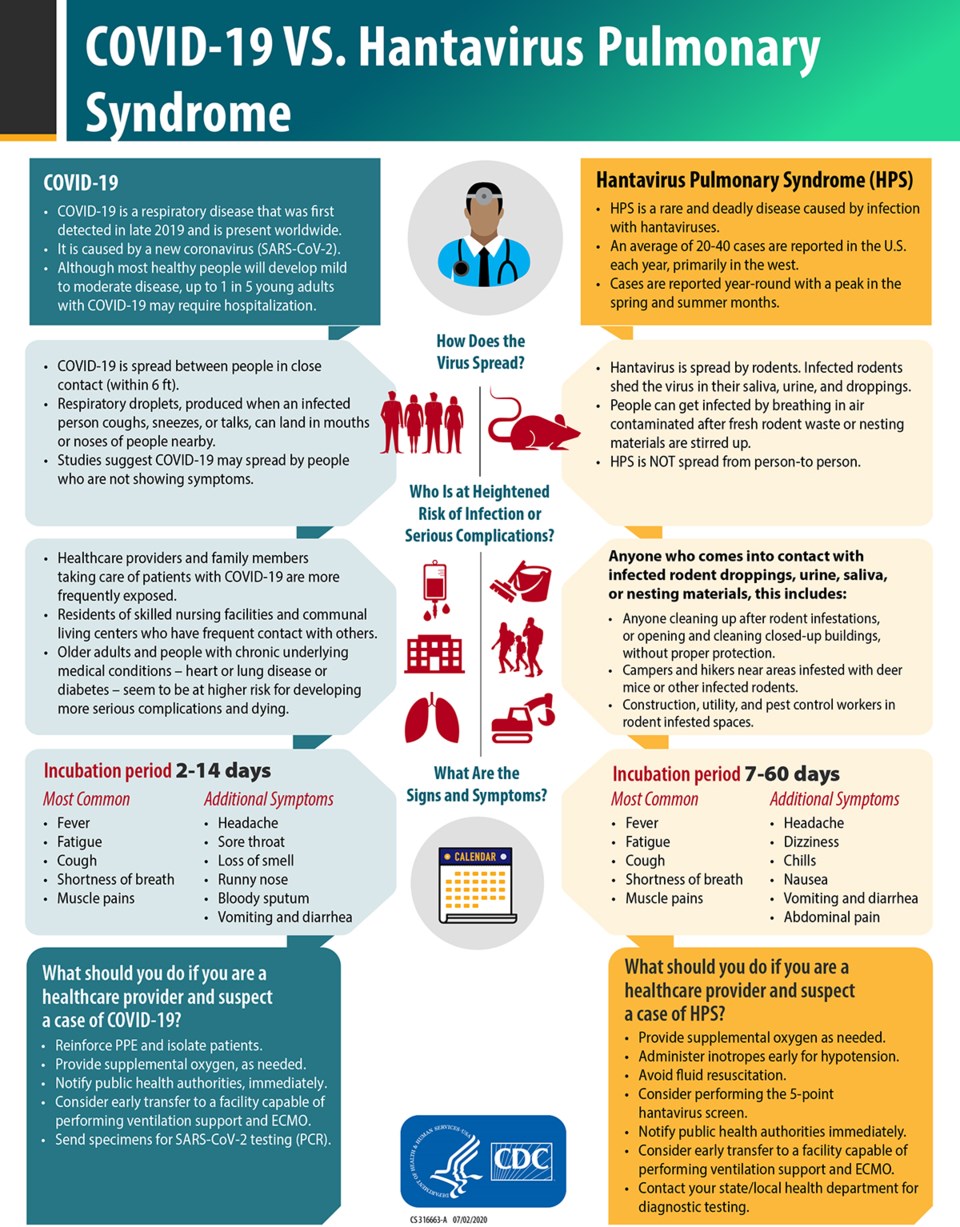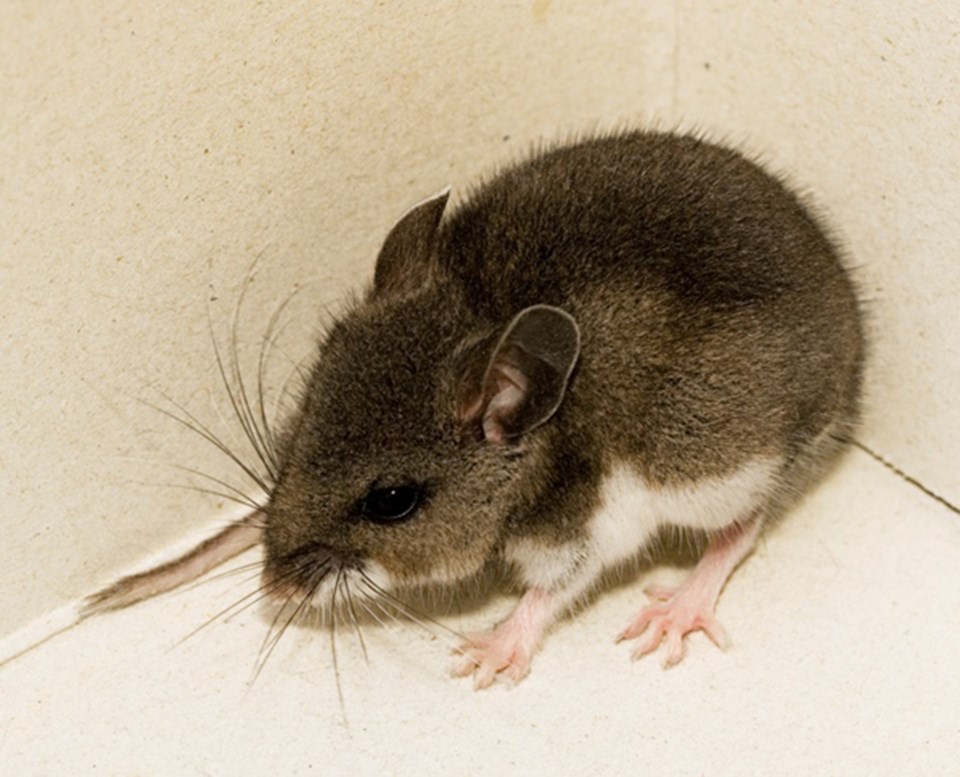You’re cleaning out an old shed, outbuilding or bin -- an often dusty job at the best of times -- when you come across some old mouse nests and maybe even a carcass or two. Just another part of the mess that needs to be cleaned up, a job that needs to be finished.
Everyone who has spent time on a farm knows all about it.
But this time, something is different.
You wake up a week or so later and you feel awful. Fever, a nasty cough and ugly headache. Funny thing is, you were vaccinated for COVID-19 ages ago, so it should be all but impossible to become another pandemic statistic.
But things could be far, far worse than you know.
You’ve might have caught hantavirus, and you’re potentially in for a rough ride.
The virus -- which is found in airborne particles from the droppings, urine and saliva of infected deer mice -- causes a rare disease known as hantavirus pulmonary syndrome. And while odds are you’ll come out the other side, this isn’t COVID. No less than 38 per cent of those who come down with HPS die from it, a mortality rate only mitigated by the difficulty hantavirus has spreading.
Now some good news.
While the virus is in Saskatchewan, cases of HPS are exceptionally rare. In the last 27 years, a total of 36 cases of hantavirus pulmonary syndrome were found in the province, with 12 people dying.
“Hantavirus can potentially be in any area infested by rodents, although deer mice, the main carrier, are more common in rural and semi-rural areas,” said Colleen Book with Saskatchewan Ministry of Health. “The risk of hantavirus applies across the province and anyone coming into contact with rodent-infested areas should take proper precautions. People are most often exposed when cleaning up enclosed buildings (such as grain bins, sheds, barns, garages, trailers, cottages and homes) or farm equipment and vehicles after winter.”
The danger can be mitigated by simple awareness and precautions.
Once coming across a potential infection site with mouse droppings and other detritus, be sure to wear an N95-calibre mask and use wet cleaning methods to keep dust and virus particles to a minimum. Follow up with a bleach disinfectant if things are especially bad.
Most importantly, if you’ve been unprotected in such an environment and develop symptoms -- fever, muscle aches, cough, headaches, nausea and vomiting -- seek medical attention as soon as possible before the virus has a chance to take serious hold.
To understand the difference between COVID-19 and hantavirus, check out this graphic from the Centers for Disease Control and Prevention.
 CDC
CDCFor more information on hantavirus, preventative efforts and how to stay safe, you can click right here.




